Industry
Polish Development of SPIKE ATGM
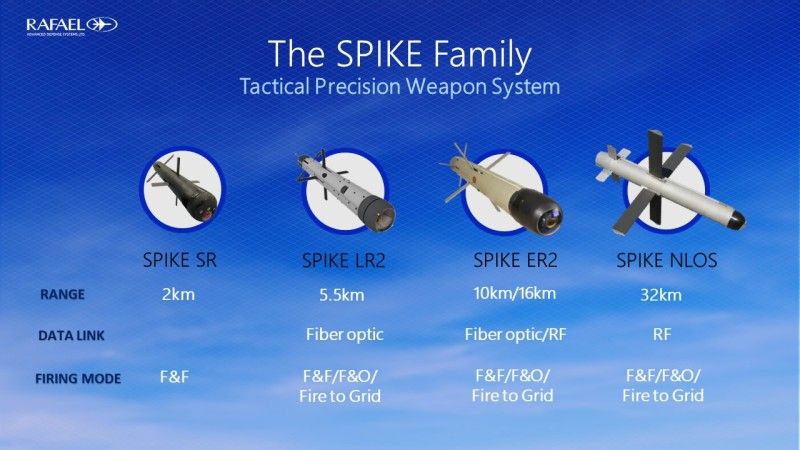
SPIKE-LR ATGM, manufactured at Mesko, constitutes an important element of the anti-tank capabilities of the Polish Armed Forces. The future development of the Spike Family of missiles, including in the future upcoming programs of the Polish MOD may also create new capabilities for the military. It also could be perceived as support for the domestic defence industry, and that has become even more important in the era of the COVID-19 pandemic. It could also provide Mesko with an opportunity to broaden its reach at the export markets.
SPIKE-LR missiles have been used by the Polish Armed Forces for some time now. They also have been license-manufactured by the PGZ Group's Mesko S.A. company since the mid-2000s. These missiles have been introduced into the inventory of the Polish Armed Forces to replace the Malyutka and Fagot ATGMs, dating back to the days of the Warsaw Pact. Currently, the Polish military has 264 portable SPIKE ATGM launchers in its inventory. 2675 missiles have been procured within the framework of the original contract, signed back in 2003. Deliveries of the second batch (1000 upgraded missiles) ordered in 2015 are currently in progress. Thanks to the mentioned agreement, Poland's missile manufacturing capacity has been recovered and expanded, while Mesko also became a part of RAFAEL's supply chain.
Manufacturing of additional SPIKE Family members as the SPIKE SR (Short Range), SPIKE LR2 (Long Range), SPIKE ER2 (Extended Range) and SPIKE NLOS (Non Line Of Sight) could be undertaken in Poland as well. “The SPIKE LR2 and ER2, are compatible with the existing launchers and infrastructure, Both are Fifth Generation missiles with a capability of firing to a coordinate Beyond Line Of Sight (BLOS), with SPIKE LR2 extended range to 5.5 kilometers and SPIKE ER2 with 10 km when launched on the ground and up to 16 km when launched from the air” – as Gal Papier, Head of Marketing and Business Development at Rafael's Precision Tactical Weapon Systems Directorate told Defence24.pl.
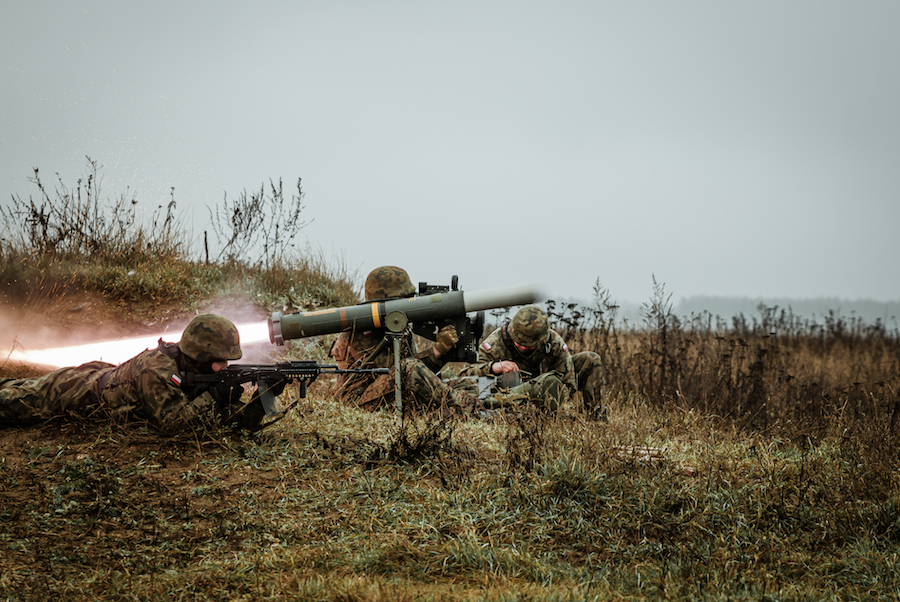
Missiles such as the SPIKE LR2 could be launched from existing portable launchers, and from the Rosomak APCs or Borsuk IFV that will be fitted with the ZSSW-30 turrets, or the SPIKE ER2 from modernized helicopter platforms, such as the Mi-24 providing the Polish Army Aviation helicopters to destroy targets, enhancing both aircraft lethality as well as survivability. Mesko has come to an understanding on that matter with the Israeli-based RAFAEL entity. Not only did the companies agreed that these missiles will be manufactured in Poland, a broader involvement in the other markets has also been discussed.
Thanks to the enhanced cooperation on SPIKE missiles, Mesko could potentially become a hub for the manufacturing of SPIKE warheads for the other customers, including the numerous countries in the region. It is worth mentioning that beside Poland, Germany, Czech Republic and Romania already are using the Spike-LR (in case of Romania, also SPIKE-ER). We may also mention that Romania and Czech Republic having already integrated and fielded this system on their combat vehicles such as MLI-84M1 and Pandur-II respectively. Lithuania has purchased SPIKE-LR missiles for newly introduced Vilkas IFVs. More importantly, recently Slovakia, Latvia and Estonia have decided to purchase SPIKE-LR2. Other Central and Eastern and European countries that use SPIKE family of missiles missiles include Slovenia and Croatia. The SPIKE-LR2 is also becoming more and more popular worldwide, with Australia making recently a substantial purchase both for BOXER vehicles and for portable launchers.
The potential acquisition of those missiles would be a relevant reinforcement of the potential that the Polish military exhibits. It would also constitute an impulse for industrial development, which falls in line with the declarations made by the Polish Ministry of Defence, stating that support is needed by the Polish defence industry during the COVID-19 pandemic. The SPIKE missiles are currently being proposed for the different programs, SPIKE SR for the "Pustelnik", SPIKE LR2 for the Borsuk and KTO Rosomak, SPIKE ER2 for the Modernization of the Mi24 and SOKOL Helicopters, and the "Ottokar-Brzoza" Program together with the SPIKE NLOS also offered to this as well as to the "KRUK" Program. Thus, one should also have a closer look at the process aimed at the introduction of this systems into use in the Polish Armed Forces and launching of its production within the Polish industry.
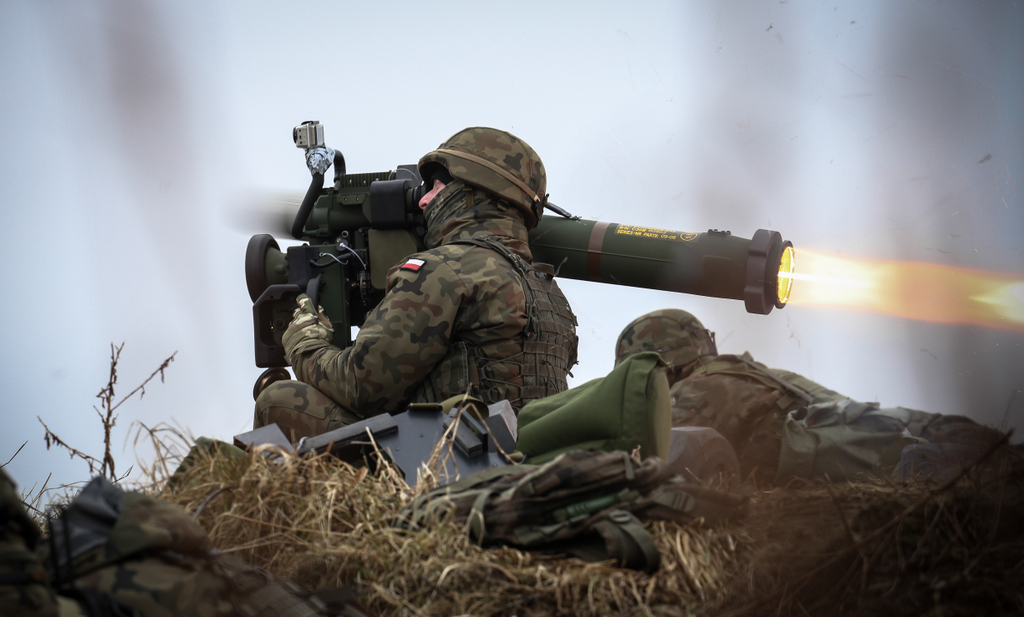
SPIKE in the Polish Armed Forces
Acquisition of the SPIKE ATGM made back in 2003, has been equally relevant for the Polish military, as well as for the industry. It was the first time when a western anti-tank missile system has been adopted, with a missile using a multi-system guidance and a powerful tandem warhead capable of neutralizing contemporary main battle tanks.
SPIKE-LR is one of the primary anti-tank assets in the inventory of the Polish Armed Forces. The multispectral seeker daytime/thermal-imaging cameras - allowing the user to operate in vast operational scenarios including low weather conditions, the unique data link (utilizes a fiber-optical connection) enable to adjust the missile trajectory after the launch and control the missile till the hitting point. One can attack targets BLOS, hidden behind the terrain or utilize a fire-and-forget mode which becomes useful when the launcher crew is forced to change the firing position right after launch. Another distinctive feature that the SPIKE missile has is its ability to act against the target in a "top-attack" mode, with a quite high trajectory. Thus, the missile may be used to act against heavily-armoured main battle tanks from the top, almost vertically. This ensures effective penetration of the thin armour of the topside of the tank. It is also possible to execute a "direct attack". The fact that the missile makes use of two cameras provides the gunner the flexibility of operation. The sensor that functions within the visible light spectrum can be used in conditions in which solution as such would be more usable, than the thermal imaging system - and circumstances as such can sometimes occur in the Polish operational context.
SPIKE LR has a maximum range of 4 kilometers. In practical terms though, in the Polish operational context, due to the terrain, 2 kilometers is the typical maximum line-of-sight engagement range. However, the fact that datalink connection remains available and solid along the whole range, makes it possible to use the missile to act against targets BLOS and utilize its range potential in a variety of terrain conditions in different scenarios and complex situations as (not only static) fast moving targets. “This capability together with the extended range (standoff) and the uniqueness of all SPIKE family members being a passive weapon system, not relying on any means of designation (e.g. laser), immune to GPS, can operate in a GPS denied environment provides a high survivability to the force.” – as Gal Papier told Defence24.pl.
The Polish military has gathered a lot of experience, over the course of employing the SPIKE-LR. The live-fire training program has also evolved. The training system has been subject to gradual improvement - the process also included the introduction of relevant training simulators, both indoor and outdoor. It was also decided that the missile shall be integrated on the Rosomak APC and the future Borsuk IFV (on the ZSSW-30 turret).
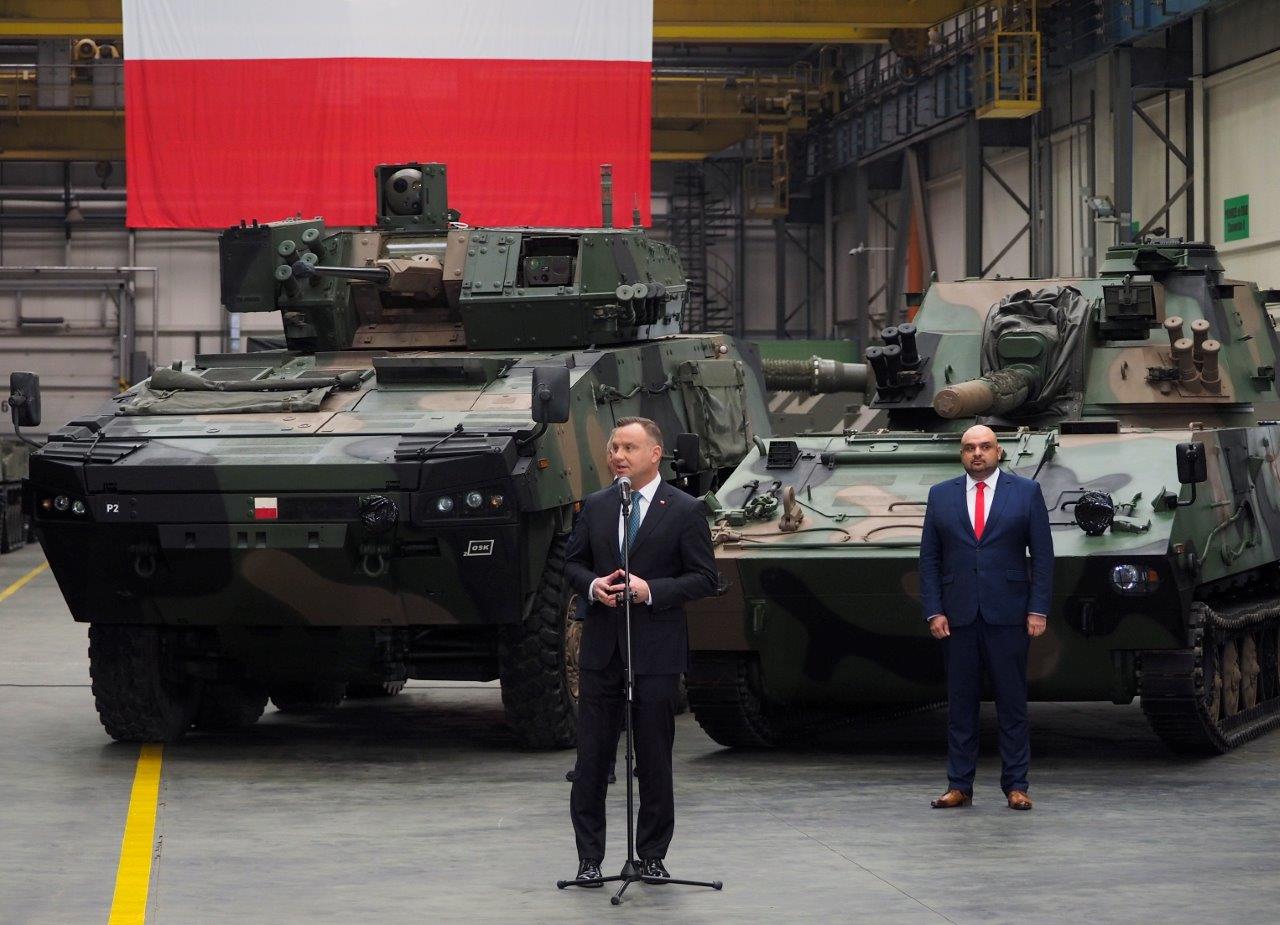
SPIKE-LR has matured now, and it has become a common asset in the inventory of the Polish Armed Forces. Air-mobile units are quite densely saturated with the launchers . The missiles and portable launchers have also been introduced, in a limited number, into the arsenal of the mechanized and motorized units that are still waiting for the ZSSW-30 turrets to be introduced - on the APCs and the future IFVs. Ultimately, the Polish military would need at least 1300-1400 turrets as such, and each of those turrets is to be fitted with a dual SPIKE-LR launcher. Thus, it is easy to imagine that the Polish military would need thousands of missiles.
The 18th Anti-Armour Regiment based in Suwałki is the most “recent” user of the SPIKE-LR ATGM. The unit has received the portable launchers which is to allow it to maintain a relevant potential to defend the Suwałki-Gap, even before the Ottokar-Brzoza tank-destroyer procurement is finalized.
SPIKE and the Polish Industry
The delivery agreement concerning the SPIKE-LR missiles, signed back in 2003, was accompanied by an offset deal covering the transfer of the final assembly process and some manufacturing processes to Poland as well. Poland manufactures the missile's tandem warheads (a modified variant was introduced in the second lot), launch and sustainer motors, compressed argon tanks (seeker coolant), and launch containers. Some elements of the launcher and the missile are manufactured as well. The transfer of technology happening over the course of the first agreement has been gradual, up until potential defined by the offset agreement has been attained.
Even though the transfer of SPIKE-LR technology has not covered all elements of the missile (like the seeker for instance) it still has a relevant meaning for the Polish defence industry. For the first time, the Polish industry has been manufacturing modern tandem anti-tank warheads. The warhead technology has been utilized in other areas as well, including the design of the combat section of the APR 120 precision-guided rounds for the Rak mortar system.
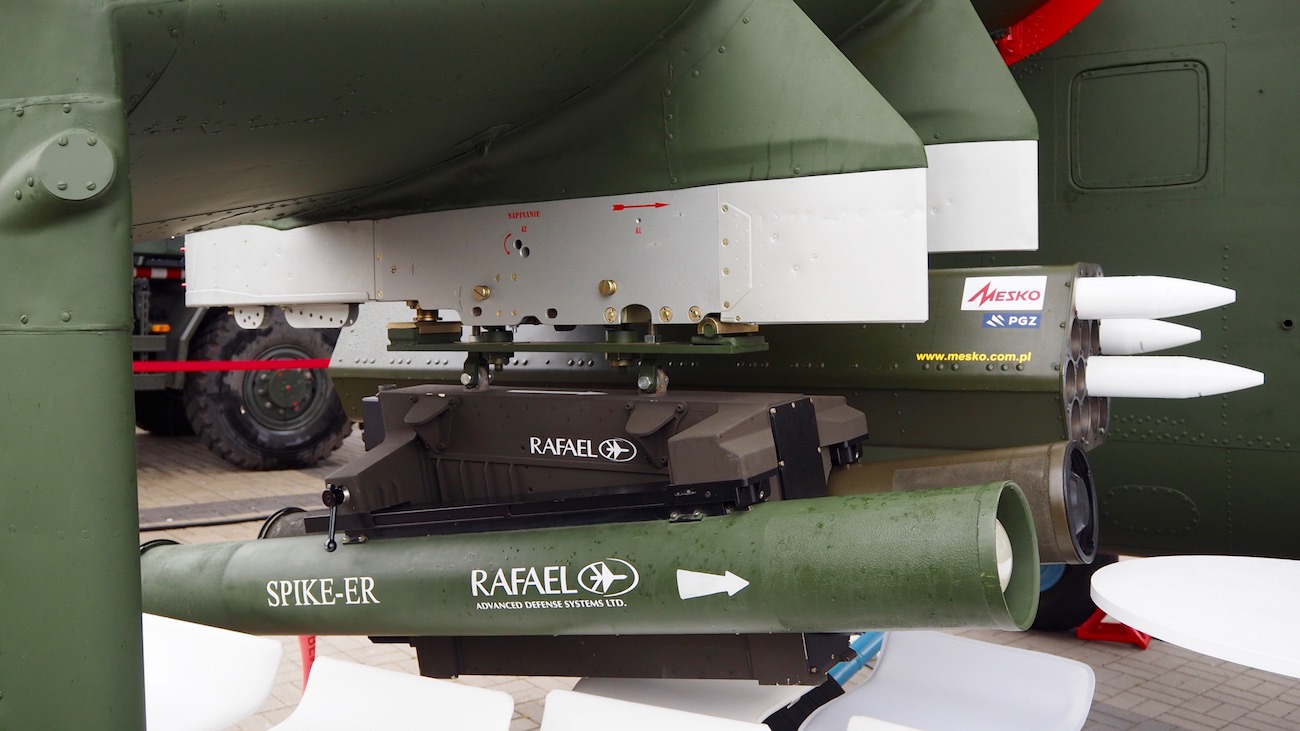
The "HOT integration” of the missile has also played an important role in the whole process. One should remember that before the adoption of the SPIKE know-how, Poland has only been manufacturing the Malyutka ATGMs. Contrary to other former Warsaw-Pact nations, the Polish industry has never manufactured the more modern Fagot/Konkurs ATGMs. Thus, a multi-generational leap has been made possible through the introduction of the SPIKE system.
Following the delivery of the first batch of the missiles, the acquisition of another lot became a part of the 2013-2022 Technical Modernization Plan. The aforesaid decision was made with the Rosomak APCs in mind. The vehicle has been armed with the missile, and thus a greater stock is desirable. It was also assumed that manufacturing capacity shall be increased. The same applies to maintenance and support capabilities.
The lot delivered now (ordered in December 2015 with a price tag of PLN 602 million) features the new sustainer motors with minimized emission of smoke, which took place in the first tranches, at temperatures of 0 degrees and with high humidity of around 80 to 90%. The missile also features an enhanced warhead, manufactured in Poland. The contract also covered the recovery of the manufacturing capacity with regards to missile components, and maintenance capability - both are available domestically, when it comes to SPIKE. Back in 2018 RAFAEL has signed a memorandum of understanding with the Military Institute of Armament Technology (WITU) that would make it possible for the Institute to carry out wear tests on the SPIKE missile. Thanks to the above, the recertification process would become feasible locally, with regards to the oldest, legacy missiles. Thus these missiles will still maintain a "usable" status.
Over the course of implementation of the said agreement, new rocket motor technology has been transferred. The motors can be used both in the SPIKE-LR missile, as well as in the newer SPIKE-LR2 effectors. It was also discussed that Mesko should become a part of RAFAEL's supply chain. This is happening simultaneously to the broad SPIKE missile upgrades program, carried out by the Israelis. The SPIKE user group is also growing at the same time.
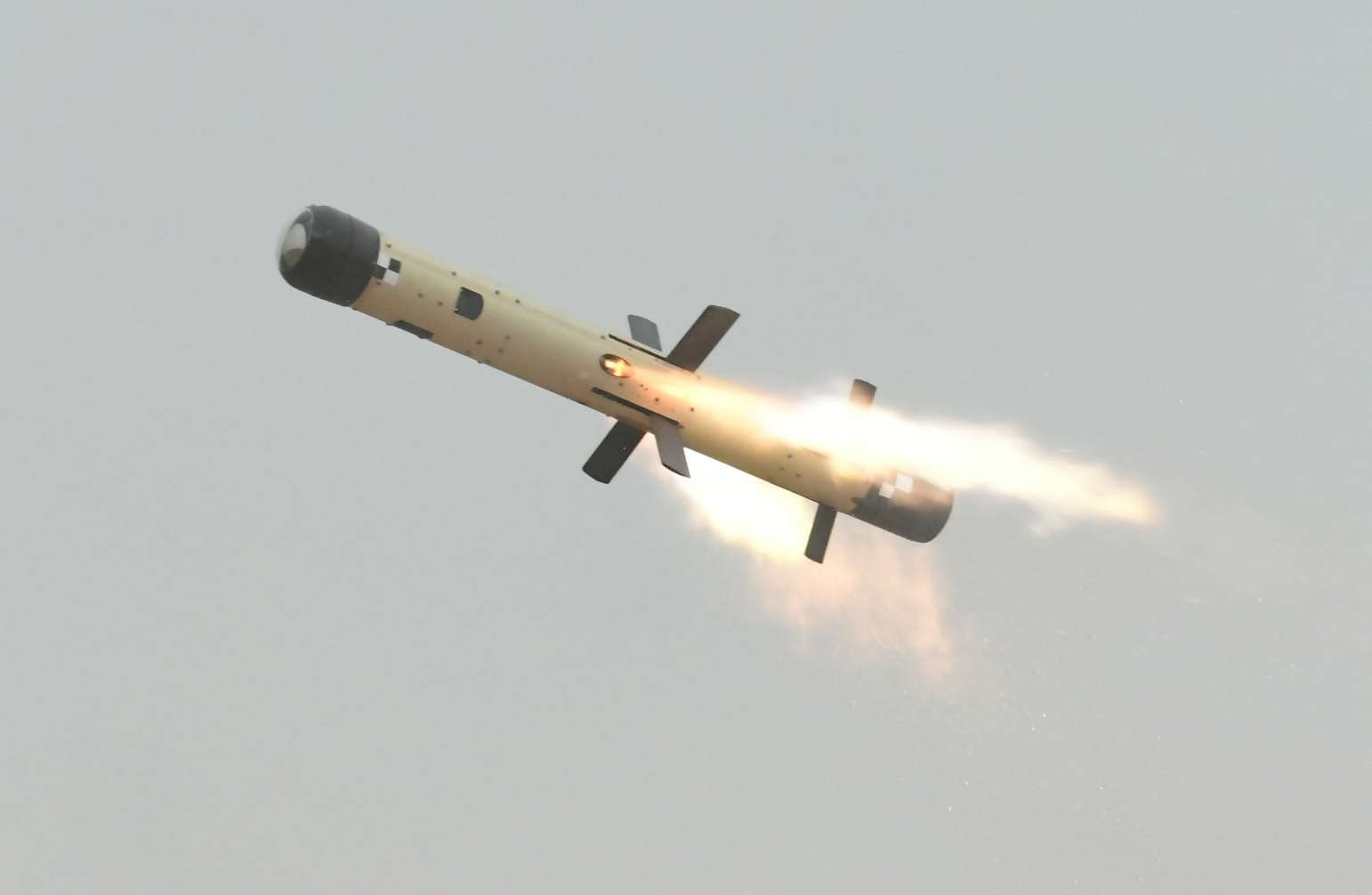
Modernization of the SPIKE missile and SPIKE-LR2 upgrade includes the introduction of a new, modernized dual-sensor seeker that uses a similar operating principle to its predecessor (thermal imaging/visible light cameras), along with a new tandem shaped-charge warhead, with the latter offering a greater penetration capacity. The range of the new missile was extended up to 5.5 kilometers. This has been made possible thanks to a new motor and the required design modifications. SPIKE-LR2 missiles are compatible with the existing SPIKE launchers. Should they be introduced, they could be launched both from the portable launchers that the Polish military already operates, as well as from the launchers that are expected to be integrated on the ZSSW-30 turret in the future.
Mesko has already reached an understanding with RAFAEL, concerning the manufacturing of the LR2 missile in Poland. It is certain that the transfer of technology would cover the areas already covered in the case of the LR missile. Talks are in progress, concerning other areas as well. Furthermore, it was assumed that Mesko would be manufacturing warheads for other SPIKE missile users, should a decision be made to launch SPIKE-LR2 production in Poland.
This would be beneficial for Mesko, obviously, market-wise. However, it would also reinforce the supply-chain security - both in case of Poland, as well as in case of other customers. In practical terms, the above translates into shorter delivery terms, and it also diversifies the supply chain, making it resistant to potential disruptions.
Recently, Estonia, Latvia or Slovakia decided to procure the SPIKE-LR2 missiles, in the light of the emerging threat posed by Russia. A major quantity of SPIKE-LR/LR2 missiles has also been acquired by Germany - there, the effector is known under the local designation MELLS. The Polish industry could potentially benefit from those contracts, with Mesko supporting the manufacturing for other customers. SPIKE-LR2 is not the only missile that could be manufactured in Poland, as similar opportunities also emerge in case of SPIKE SR, SPIKE-ER2 or SPIKE-NLOS effectors. They are being offered within the framework of the "Pustelnik", "Ottokar-Brzoza" tank-destroyer and helicopter modernization programs.
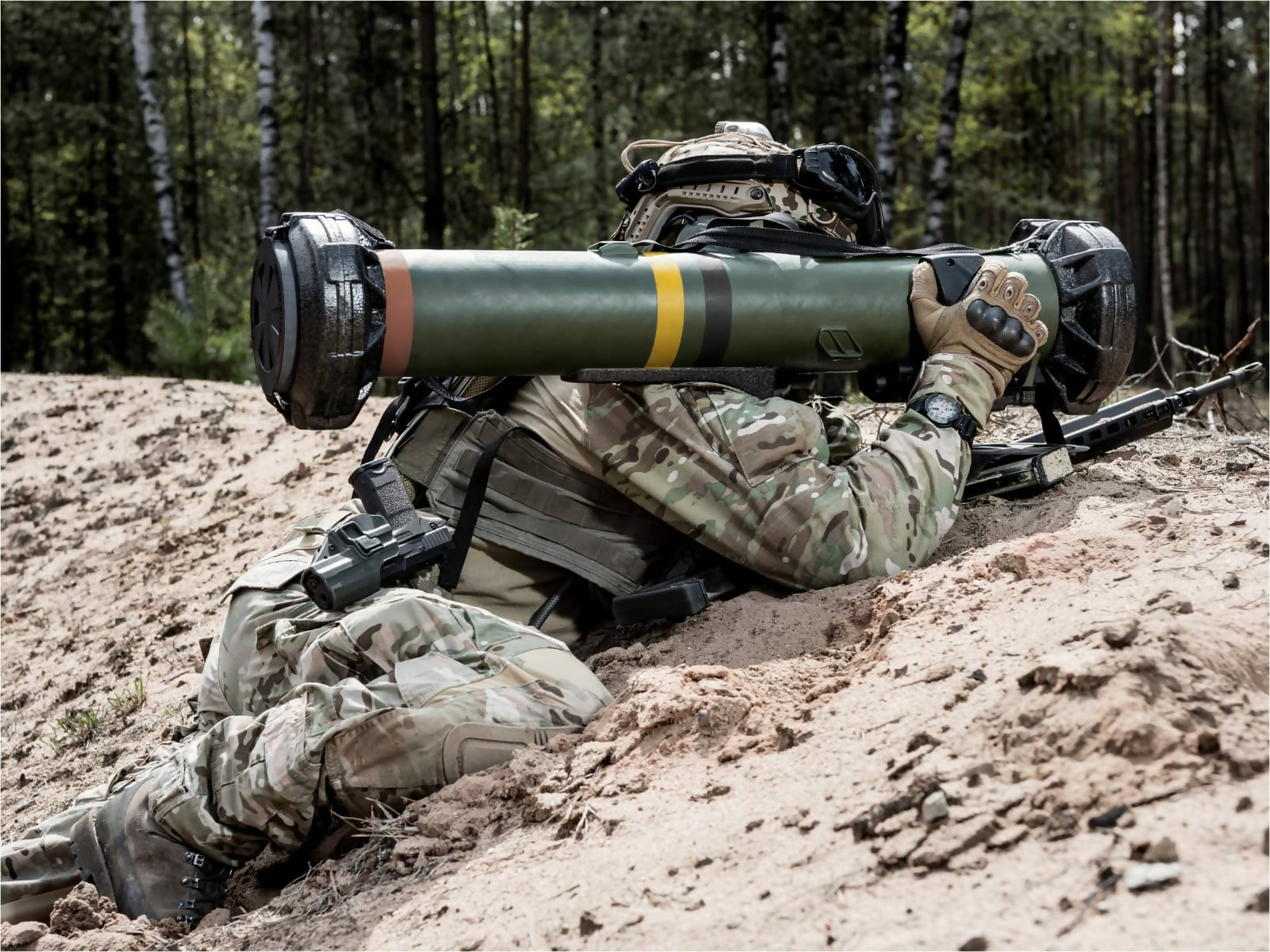
New SPIKE Family Members - Another Step for the Polish Armed Forces?
The SPIKE SR is an advanced shoulder-launched light ATGM with a range of 2500 meters, for tactical warfare at company level & special forces, man-portable, light (<10kg), disposable, day & night, can defeat modern MBT and many more. “SPIKE SR is the best candidate for the needs of the Wojska Obrony Terytorialnej (WOT) and to fulfill the Pustelnik Program. These missiles introduce a new concept of operation that support the Decentralization of force operability – a weapon system that is ease and simple, fast and intuitive to operate, doesn’t require special skills – carried & operated by any solider (even support & logistics units).” – as Gal Papier told Defence24.pl
The SPIKE LR2
The SPIKE-LR2 system is the most universal one, among all variants of the SPIKE missiles.
The introduction of the SPIKE-LR2 missiles could be viewed as a major reinforcement of the potential available to the Polish Armed Forces. The reasons for that are multiple. Despite the delivery of one thousand SPIKE-LR missiles, the inventory of these would be limited in the Polish military. If we assume that four missiles are the basic "unit" of the inventory available to the crew of portable/self-propelled launchers and that the military shall have one "unit" as such available as a reserve, then 2112 missiles would be assigned to 264 launchers.
However, one should also take the Rosomak APC battalions into the account, along with the Borsuk IFVs in the future. When it comes to the former platforms, ZSSW-30 turrets are expected to be integrated on more than 600 vehicles (considering the existing brigade structures that are or are expected to operate the Rosomak APC: 12th, 15th, 17th Mechanized Brigades and the 21st Highland Brigade). This translates into a demand for 4800 missiles. Even if that number is cut in half, with manufacturing spread across a longer timeline, and taking into the account the fact that some of the units already using the APCs could be using ZSSW and Hitfist turrets in parallel, the demand concerning the SPIKE missiles in the Polish military (with solely APCs and portable launchers taken into the equation) would be higher than 4.5 thousand.
Up until now a little more than 3.6 thousand missiles have been a subject to relevant contracts. This shall exclude the missiles already launched during the training process. The introduction of the ZSSW-30 turret alone would create a necessity to train more operators. Even if all of them are involved in "live fire" training with the use of training units, a necessity to increase the number of live launches will be required as well. Suffice it to say, the Bundeswehr has organized 54 live-fire training events during the first half of 2019. The experience gathered during the operational use of the SPIKE missile has shown that at least several live-fire events shall be organized per year (with 264 launchers available), to verify the status of the missile and the levels of operator training in a variety of conditions. Further acquisitions of SPIKE-LR missiles will also be required in case of the units that would be receiving the new Borsuk IFV platform.
The SPIKE ER2
Alongside SPIKE-LR2, the Spike-ER2 (Extended Range), is an extended range 5th generation missile that provides military units with the capability to defeat threats of advanced modern tanks, light armor vehicles, bunkers and other high-value ground targets (has a variety of warheads), offered to the "Ottokar-Brzoza" tank destroyer program. This solution is offered today for the Modernization of the MiI-24 helicopters as well as for the Modernization of multi-purpose helicopters (Sokół).
The missile may also be fitted onto hardpoints compatible with heavier effectors. It is part of the full package offered today for Helicopters including RAFAEL's TOPLITE observation systems (EOS), the latter is already integrated on the Polish Głuszec helicopter platform. RAFAEL has recently signed an agreement with the Polish PCO company, concerning joint manufacturing effort that is to be undertaken with regards to the TOPLITE system.
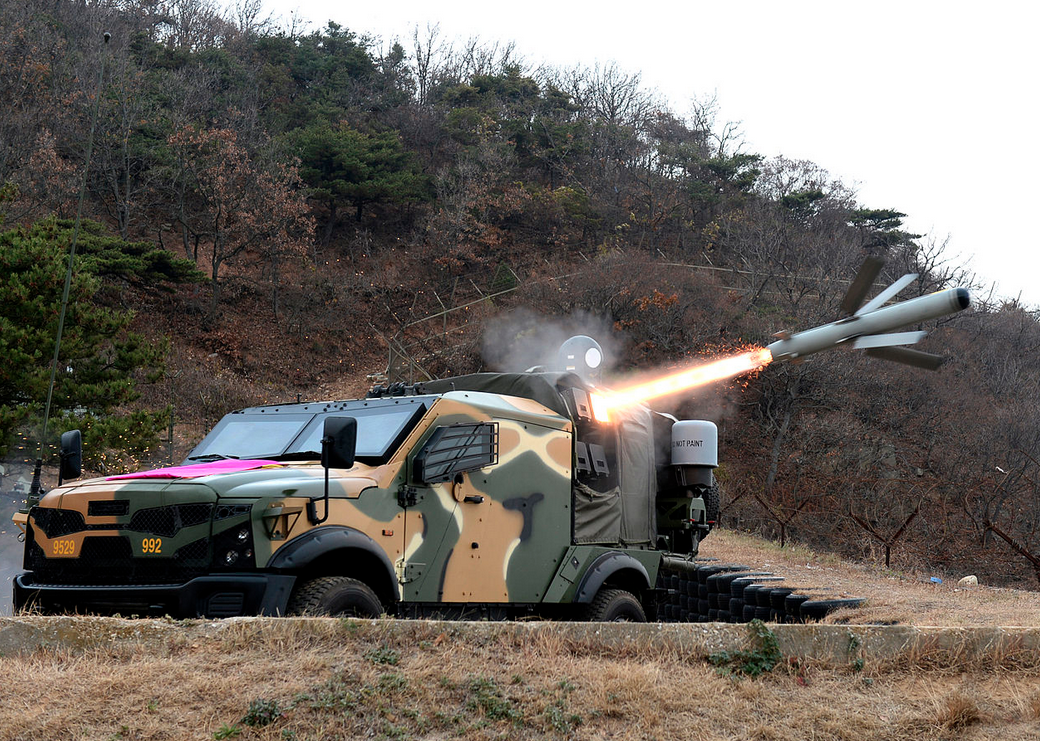
The SPIKE NLOS
SPIKE NLOS (Non Line Of Sight) is a precision standoff guided missile. “SPIKE NLOS is the most appropriate solution and weapon system for the tank destroyer program (Ottokar-Brzoza), providing the greatest stand-off (up to 32 km), no matter what platform will be chosen (WZM, OBRUM, HSW). SPIKE NLOS will be also a natural candidate going forward in the KRUK Program” - as Gal Papier told Defence24.pl.
SPIKE Family - A Chance for the Polish Industry
“RAFAEL is committed and willing to transfer knowledge followed by production of these next generation missiles: SPIKE SR, SPIKE LR2, SPIKE ER2 and SPIKE NLOS with MESKO” – as the Head of Marketing and Business Development at Rafael's Precision Tactical Weapon Systems Directorate representative told us.
SPIKE LR2 local production can be start first, the existing facilities and infrastructure available at Mesko could be used for that purpose, thus a smooth transition could happen, between the manufacturing of the SPIKE-LR variant (final deliveries expected in 2021) and launch of the SPIKE-LR2 production. Solution as such would also contribute to the stability of the domestic supply chain, manufacturing capacity, and jobs.
The potential launch of SPIKE-LR2 missiles manufacturing in Poland may provide the Poles with both a reinforcement of the anti-tank capabilities, as well as an impulse to develop the industry - also thanks to the potential emergence of export customers. The transfer of technology arising on the grounds of this program may turn out to be useful as well, in the process of developing own solutions in the domain of shaped-charge warheads and rocket motors. Thus, the procurement of extra SPIKE missiles may be embedded within the action plan aimed at supporting the Polish manufacturing and development capabilities, in the light of the coronavirus pandemic.
The successful SPIKE-LR program can be served also as a building block that can be a base also for SPIKE-SR program. Recently, RAFAEL decided and offered to MESKO to be part of the SPIKE-SR Global Supply Chain.
Expanding the presence of the SPIKE FAMILIY of missiles within the Polish Armed Forces will have a great benefit of leveraging and supporting the local Polish Defence Industry by introducing and implementing advanced technologies into the Polish Armed Forces and at the same time keeping the Polish Armed Forces at the edge of today's modern battlefield” – as Gal Papier told us.
